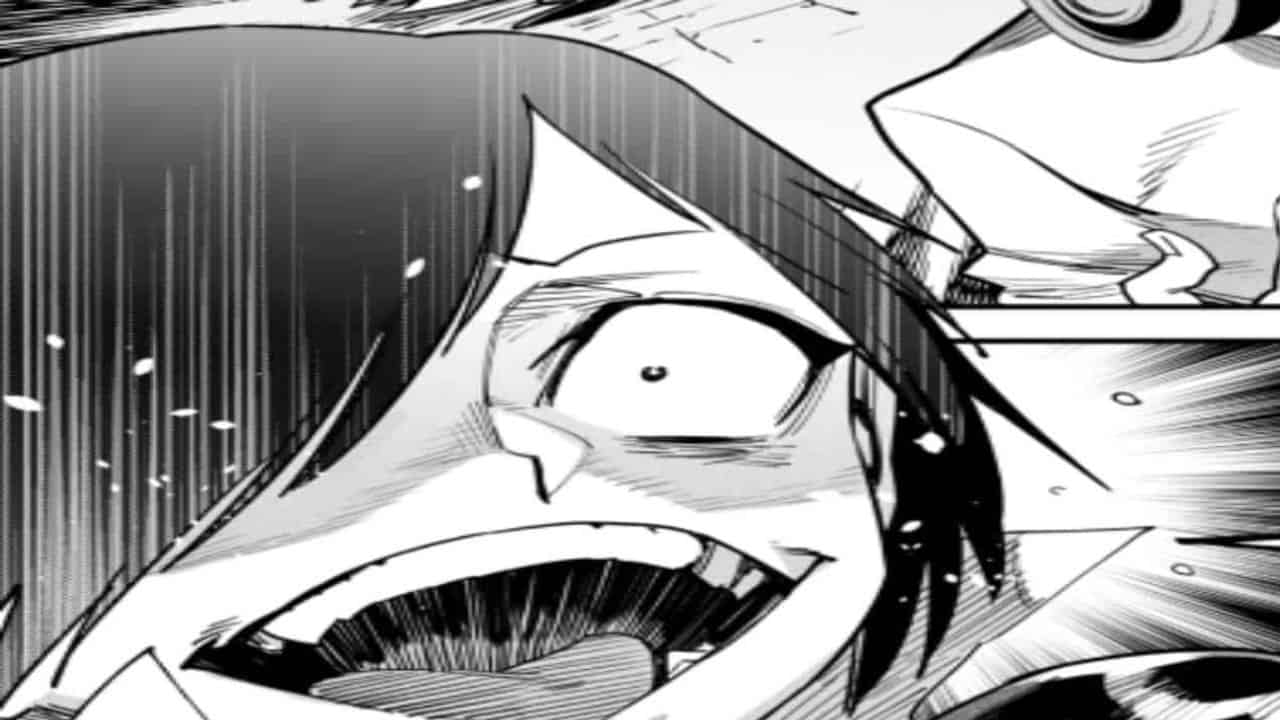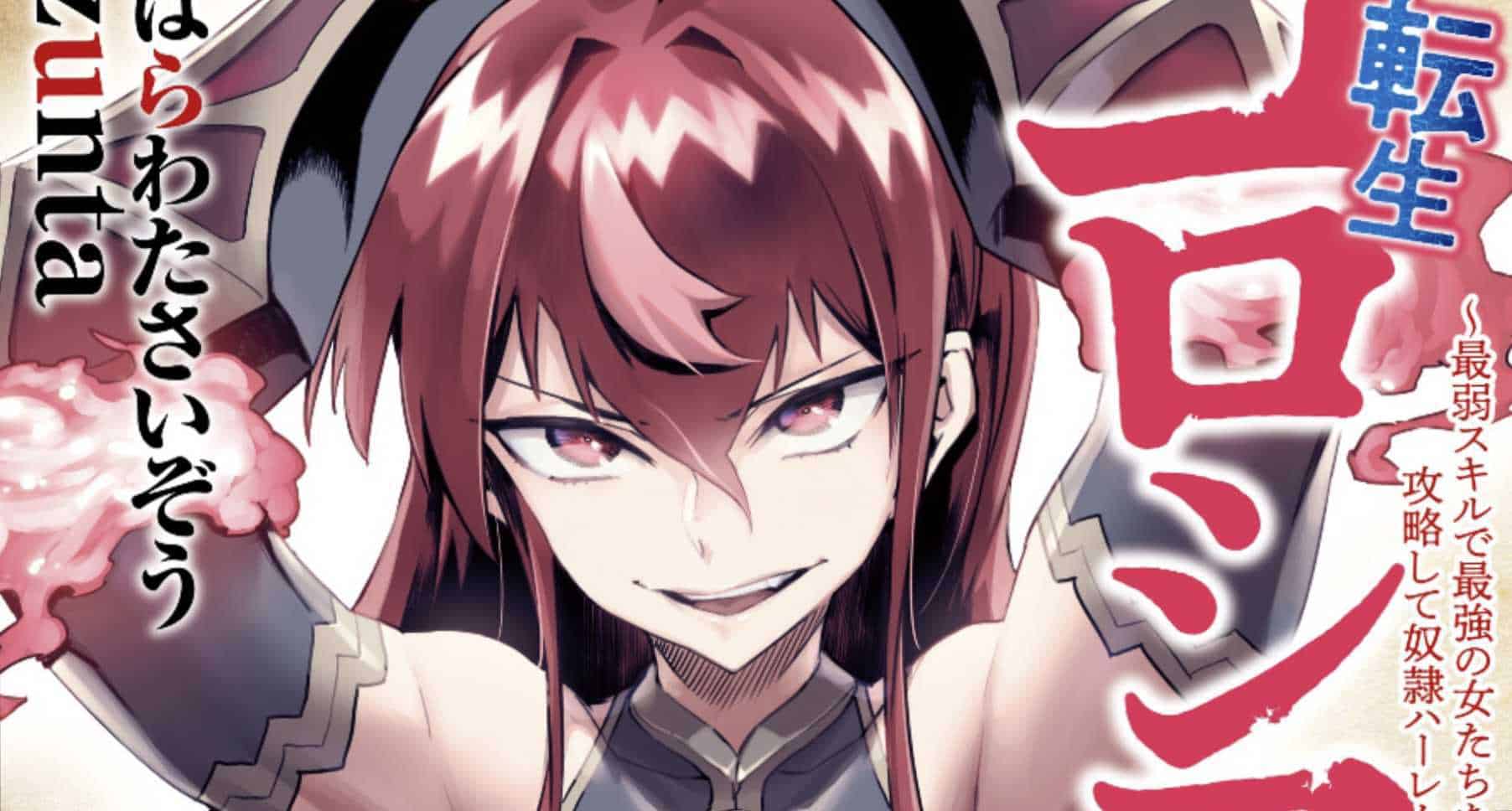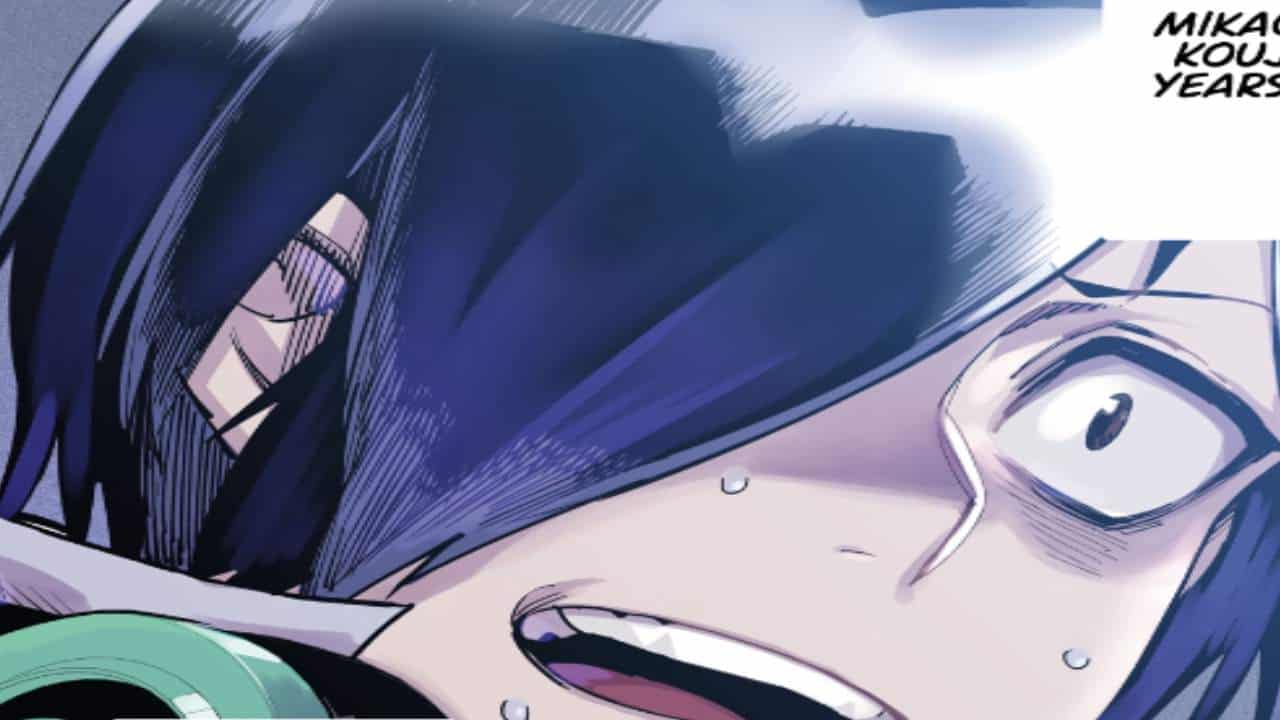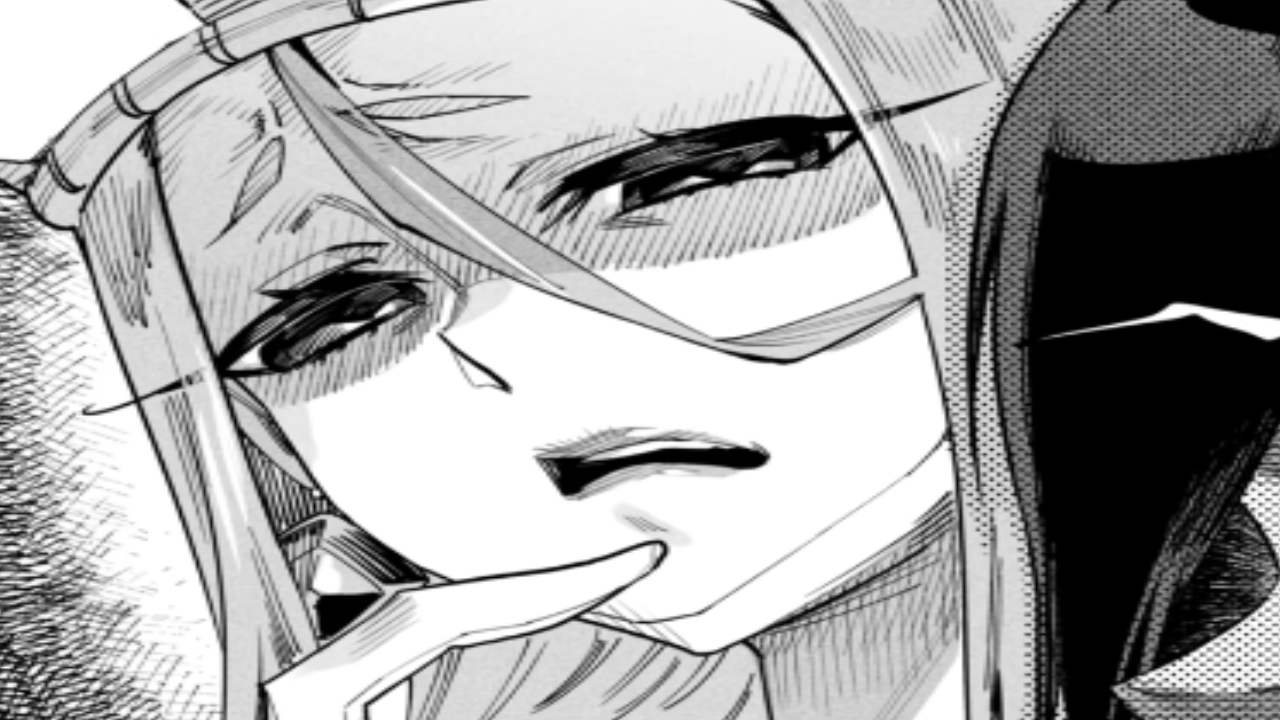Reincarnation Colosseum Chapter 13 Raw is a pivotal chapter in the novel, introducing readers to a world of rebirth, redemption, and power struggles. This chapter sets the stage for an enthralling narrative, offering a glimpse into a story that is rich in detail and brimming with originality from the outset.
As the chapter unfolds, readers are introduced to a cast of compelling characters, each with their own motivations and desires. The interactions between these characters drive the plot forward, creating a dynamic and engaging story that keeps readers on the edge of their seats.
Plot Summary

In Chapter 13 of “Reincarnation Colosseum,” the protagonist, Leon, and his companions face a formidable challenge in the Colosseum’s arena. As they prepare to confront the powerful gladiator known as “The Beast,” tensions run high. Amidst the anticipation, a flashback reveals Leon’s past encounter with a mysterious figure who holds the key to his true identity and destiny.
Clash in the Arena
Leon and his allies engage in a fierce battle against The Beast, a relentless and brutal opponent. The fight tests their limits, pushing them to the brink of defeat. As the battle reaches its climax, Leon uncovers a hidden power within himself, unlocking abilities that surprise both his comrades and adversaries.
The Beast’s Identity
In a shocking twist, The Beast’s true identity is unveiled, revealing a connection to Leon’s past. The revelation sends shockwaves through the Colosseum, as Leon grapples with the implications of this newfound knowledge. The discovery forces him to confront his own destiny and the choices that lie ahead.
Significance in the Narrative, Reincarnation colosseum chapter 13 raw
Chapter 13 serves as a pivotal moment in the novel’s narrative. It marks a turning point in Leon’s journey, as he unravels his true nature and the challenges that await him. The chapter sets the stage for future conflicts and revelations, shaping the overall direction of the story.
Character Analysis: Reincarnation Colosseum Chapter 13 Raw

In Chapter 13, the main characters continue to develop and grapple with their motivations, interacting in ways that advance the plot.
Alicia
Alicia’s determination and resolve remain unwavering as she faces the challenges of the Colosseum. Her interactions with her opponents showcase her strategic thinking and adaptability, revealing her strengths in combat. However, her emotional vulnerability becomes apparent as she struggles to reconcile her past trauma with her present battles.
Ryu
Ryu’s stoic exterior masks a complex emotional journey. His unwavering focus on his goal is tested by the moral dilemmas he encounters. His interactions with Alicia highlight his compassion and desire for justice, while his rivalry with Kaito exposes his inner turmoil and determination to prove himself.
Kaito
Kaito’s arrogance and ruthlessness are on full display in Chapter 13. His interactions with Ryu reveal his manipulative nature and thirst for power. However, his encounters with other characters hint at a hidden vulnerability that may challenge his unwavering confidence.
Supporting Characters
The supporting characters in Chapter 13 play crucial roles in shaping the main characters’ journeys. Sienna’s wisdom and guidance support Alicia’s growth, while Vlad’s cunning and opportunism create obstacles for both Ryu and Kaito. The interactions between these characters add depth to the plot and provide insights into the complexities of the Colosseum’s environment.
Themes and Symbolism

Chapter 13 of Reincarnation Colosseum delves into profound themes that shape its narrative and characters. Rebirth, redemption, and the corrupting nature of power serve as central motifs, explored through the characters’ struggles, the setting’s symbolism, and the events that unfold.
Rebirth and Redemption
The concept of rebirth permeates the chapter, symbolized by the Colosseum itself. As a place of gladiatorial combat, the Colosseum represents the cycle of death and renewal, where warriors are slain and reborn to fight again. This reflects the protagonist’s journey of self-discovery and redemption, as he grapples with his past and seeks to forge a new path.
The Corrupting Power
The chapter also explores the corrupting influence of power. The gladiators’ relentless pursuit of glory and victory leads them down a path of violence and brutality. The setting of the Colosseum, with its blood-soaked arena and cheering crowds, serves as a stark reminder of the destructive potential of unrestrained ambition.
Symbolism of the Phoenix
Throughout the chapter, the phoenix emerges as a powerful symbol. Associated with rebirth and renewal, the phoenix’s presence hints at the protagonist’s potential for transformation and redemption. Its fiery nature also symbolizes the destructive power that can accompany the pursuit of power.
Comparison to Other Chapters

Chapter 13 of Reincarnation Colosseum stands out from other chapters in several notable ways.
Firstly, it marks a significant shift in the pacing of the story. While previous chapters have focused on establishing the characters and the setting, Chapter 13 thrusts readers into the heart of the action. The relentless battles and constant danger create a sense of urgency and excitement that keeps readers on the edge of their seats.
Secondly, Chapter 13 introduces several new and intriguing characters. Each of these characters has their own unique motivations and abilities, adding depth and complexity to the narrative. Their interactions with the existing cast create new alliances, rivalries, and conflicts, further fueling the drama and intrigue of the story.
Moreover, Chapter 13 contributes significantly to the overall arc of the story. It reveals important information about the Colosseum and its purpose, setting the stage for future events. It also provides new insights into the characters’ pasts and their motivations, deepening their development and making them more relatable to readers.
Structure and Pacing
The structure and pacing of Chapter 13 are carefully crafted to enhance the reader’s experience. The chapter begins with a slow and deliberate pace, allowing readers to absorb the new information and characters. As the action intensifies, the pace quickens, creating a sense of urgency and suspense. The chapter ends with a cliffhanger, leaving readers eager to learn what happens next.
The use of flashbacks and interludes in Chapter 13 also adds to the pacing and structure. These moments provide readers with additional context and insight into the characters’ motivations and actions, deepening their understanding of the story.
Overall, Chapter 13 of Reincarnation Colosseum is a well-crafted and engaging chapter that contributes significantly to the overall narrative. Its fast-paced action, intriguing characters, and well-structured pacing make it a standout chapter in the novel.
Closing Summary

In Chapter 13, the author explores the themes of rebirth, redemption, and power in a thought-provoking and nuanced manner. Through the experiences of the characters, readers are forced to confront their own beliefs and values, and to question the nature of good and evil.
Overall, Reincarnation Colosseum Chapter 13 Raw is a must-read for fans of fantasy and adventure. With its compelling characters, engaging plot, and thought-provoking themes, this chapter is sure to leave a lasting impression on readers.
Query Resolution
What is the main conflict in Reincarnation Colosseum Chapter 13 Raw?
The main conflict in Reincarnation Colosseum Chapter 13 Raw is the struggle between good and evil. The characters must confront their own inner demons and make choices that will determine the fate of the world.
Who are the main characters in Reincarnation Colosseum Chapter 13 Raw?
The main characters in Reincarnation Colosseum Chapter 13 Raw are a group of young warriors who have been chosen to fight in the Colosseum. Each warrior has their own unique abilities and motivations, and they must work together to overcome the challenges they face.
What is the significance of the Colosseum in Reincarnation Colosseum Chapter 13 Raw?
The Colosseum is a symbol of power and oppression. It is a place where warriors are forced to fight to the death for the entertainment of the masses. The Colosseum represents the dark side of human nature, and it is a place where the characters must confront their own inner demons.